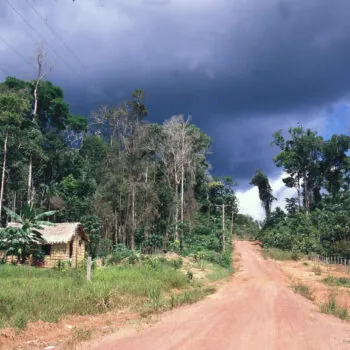The Energy Union is a chance for Europe to stay competitive and secure while the transition to a low carbon energy system accelerates, in Europe and globally.
The Paris climate talks are a good chance to take stock of this objective. The EU once positioned itself as a climate leader. Indeed the leadership that Europe has shown in the past has played a key role in sparking the transition internationally. The EU helped to kick-start global a market in clean technologies through mixture of target, standards, pricing and innovation policy. We are now seeing the outcomes: in the last 5 years, the price of super-efficient LED lighting has dropped by 84%, electric vehicle batteries by 55%, solar PV modules by 50%, and onshore wind by 18%.
However, actions already taken in the run up to Paris should get rid of any notion that Europe is going it alone on climate action. 185 countries have now submitted climate pledges, covering more than 94% of global emissions. Action in China and the US to reduce coal use have led to global emissions stagnating for the last two years, while the global economy keeps growing. In 8 of the world’s largest economies, renewable energy supplies will double by 2030 – a faster pace than Europe has agreed to.
In fact, signs are increasing that rather than being out in front on the global clean energy race, Europe is in the middle of the peloton, and is at risk of falling behind.
For a sense of what’s happening in the real economy, rather than looking at targets with different metrics and different baselines, we need to follow the money. The European Commission estimates €200 billion per year is needed in energy investment. However new clean energy investment in Europe is falling. It fell by 46% between 2010 and 2014, while it rose 16% globally. Last quarter, Q3 2015, saw the lowest amount of new clean energy investment in a decade.
This depressing picture should be seen as the core challenge facing the Energy Union.
So what needs to happen after Paris? In practical terms, the agreement will need to be ratified by EU nations.
A core element is the “ratchet” or “dynamic ambition mechanism”. Current pledges don’t get us to two degrees, so the agreement will have regular reviews to crank up ambition. This means that the “at least” bit of the EU 2030 targets on greenhouse gasses, efficiency and renewables needs to be made into a real, operational commitment. The ratchet needs to be built into the Effort Sharing Decision, the ETS reforms, the Renewable Energy Directive and Energy Union governance mechanisms.
This will be essential for continuing European credibility. The EU has already hit -23% GHGs in 2014, and some projections suggest we will get to -30% by 2020. If we are not willing to ratchet up the 40% target, the 1% per year emissions reduction from 2020 to 2030 will act as a brake rather than an accelerator for global ambition.
More broadly, if the EU is serious about remaining competitive in this new energy world it will need:
- Reforms to its energy markets, to prioritise demand-side measures over new supply, reward flexibility and to drive out the most polluting sources (particularly coal) to create space in the market for new investment
- Reforms to financial markets, to address carbon bubble risks and avoid stranded assets
- Reform its energy governance, to give investors confidence to put their money into clean investment and out of dirty investment
- Reform its infrastructure – to ensure everything we build is in line with the Energy Union objectives.
Actions in all of these areas are planned – but the depth of ambition is not yet clear.
The global commitments on climate change coming out the Paris summit show that Europe’s vision for a resilient low carbon Energy Union is fundamentally the right one. All of the required ingredients are on the table. Action is needed on clarity of investment signals into clean energy and away from fossil fuels, on integrating energy and digital markets, and in transitioning out of polluting and inefficient coal power. 2016 is the year for making it happen.
This article first appeared in eSharp


